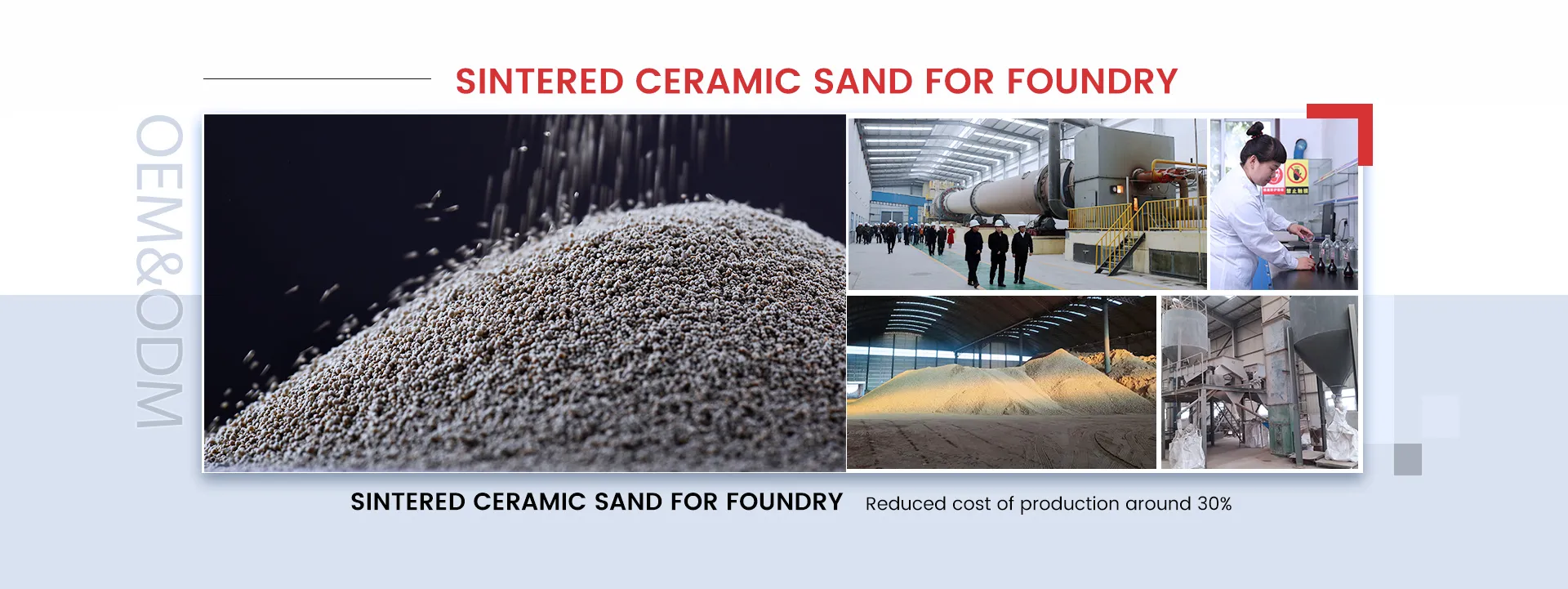The Significance of Fine Casting Sand in the Metal Casting Industry
Fine casting sand plays a crucial role in the metal casting industry, particularly due to its properties and characteristics that enhance the casting process. This article explores the significance of fine casting sand, its composition, advantages, and the impact it has on the overall quality of castings.
Understanding Fine Casting Sand
Casting sand is a critical material used in the foundry industry to create molds into which molten metal is poured. Fine casting sand refers to sand grains that are smaller and more uniformly sized compared to coarse sand. The grain size, typically less than 0.5 mm, is vital for achieving high precision and surface quality in cast products. The most common type of sand used in metal casting is silica sand, which consists primarily of silicon dioxide (SiO2).
Properties and Composition
Fine casting sand is characterized by its shape, size, and mineral composition. A vital property is its ability to retain moisture, which is essential for binding the sand grains together when forming molds. Additionally, the shape of the sand grains affects the flowability and compactability of the sand mixture. Round or sub-rounded grains usually provide better flow characteristics compared to angular grains.
Furthermore, fine casting sand can be treated or coated with various chemicals to improve its performance. For instance, applying a resin binder can help achieve faster curing times, while treating the sand with additives can enhance its thermal stability, reducing defects caused by thermal expansion during the casting process.
Advantages of Fine Casting Sand
The utilization of fine casting sand offers several advantages in metal casting applications
fine casting sand

1. Superior Surface Finish Fine casting sand allows for the creation of intricate designs and smooth surfaces due to its finer grain size. This is especially important in applications that require high aesthetic and functional quality, such as automotive and aerospace components.
2. Improved Detail Resolution The uniformity of fine sand grains enables the production of molds with better detail resolution. This is crucial for complex geometries where precision is paramount.
3. Reduced Defects Fine casting sand contributes to a decrease in surface defects such as scabs and inclusions by promoting a better packing density when forming molds. The even distribution of smaller grains minimizes gaps and spaces where defects are likely to occur.
4. Enhanced Strength and Durability Due to its better compaction, fine casting sand molds exhibit greater strength and durability, reducing the likelihood of mold collapse during the pouring of molten metal. This results in fewer casting failures and rejects.
Applications of Fine Casting Sand
Fine casting sand is widely utilized across various sectors, including automotive, aerospace, and machinery. In the automotive industry, it is used for producing engine blocks, transmission housings, and various other components where precision and strength are critical. In aerospace, castings must meet stringent quality and performance standards, making fine casting sand an ideal choice.
Moreover, fine casting sand is increasingly being used in modern additive manufacturing processes that blend 3D printing with traditional sand casting techniques. This combination allows for the rapid production of complex parts with high accuracy.
Conclusion
Fine casting sand is a fundamental component in the metal casting industry, offering numerous benefits that enhance the quality and reliability of cast products. Its unique properties, such as superior surface finish and improved detail resolution, make it indispensable for producing high-performance components across various industries. As technology continues to evolve, the importance of fine casting sand is expected to grow, positioning it as a vital material in the future of manufacturing processes. Continuous research and development in sand formulations and treatments will further enhance its applications, ensuring that the metal casting industry remains robust and capable of meeting the demands of modern engineering challenges.
Post time:lis . 25, 2024 02:21
Next:Golden Shores Enterprises Innovating Sustainable Solutions for a Brighter Future
